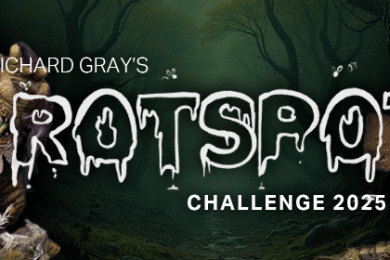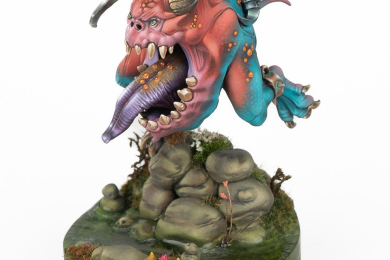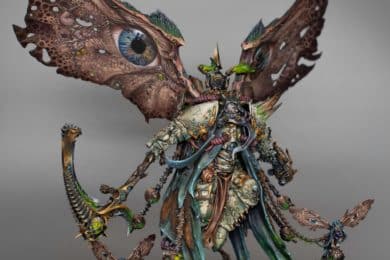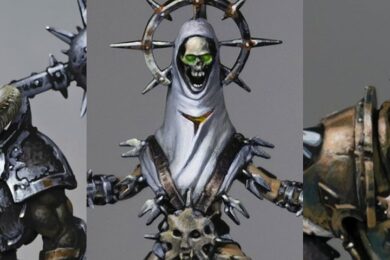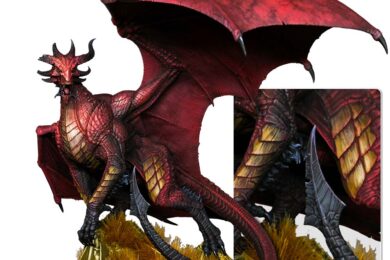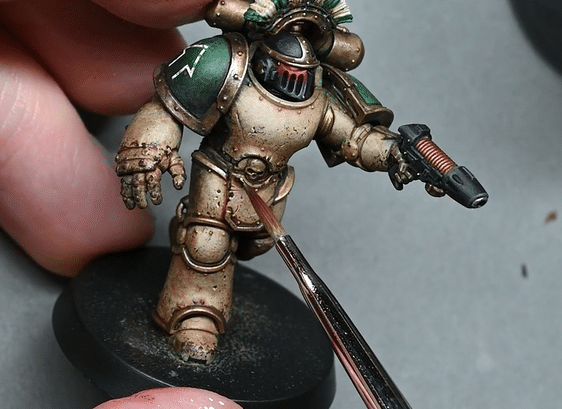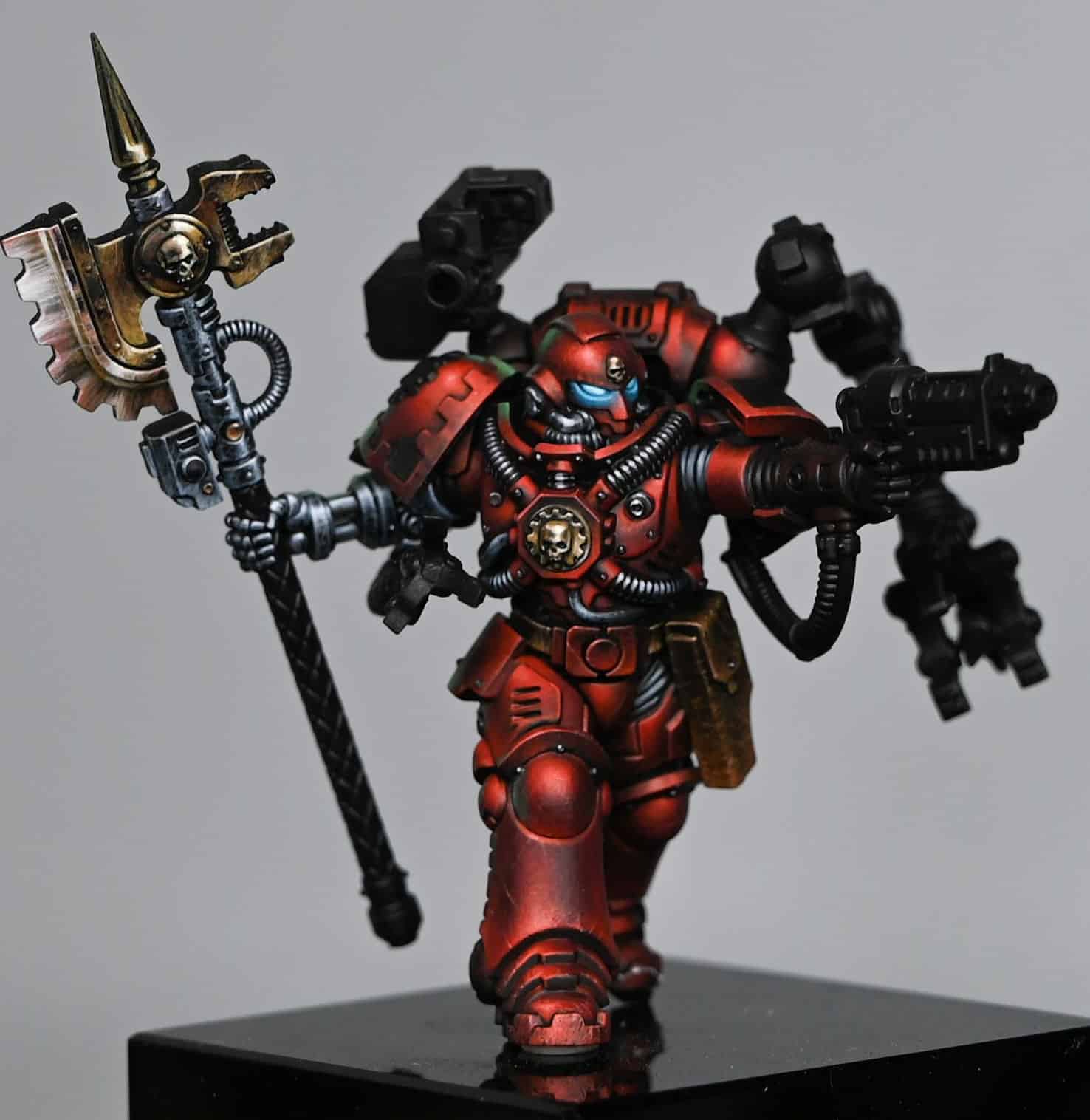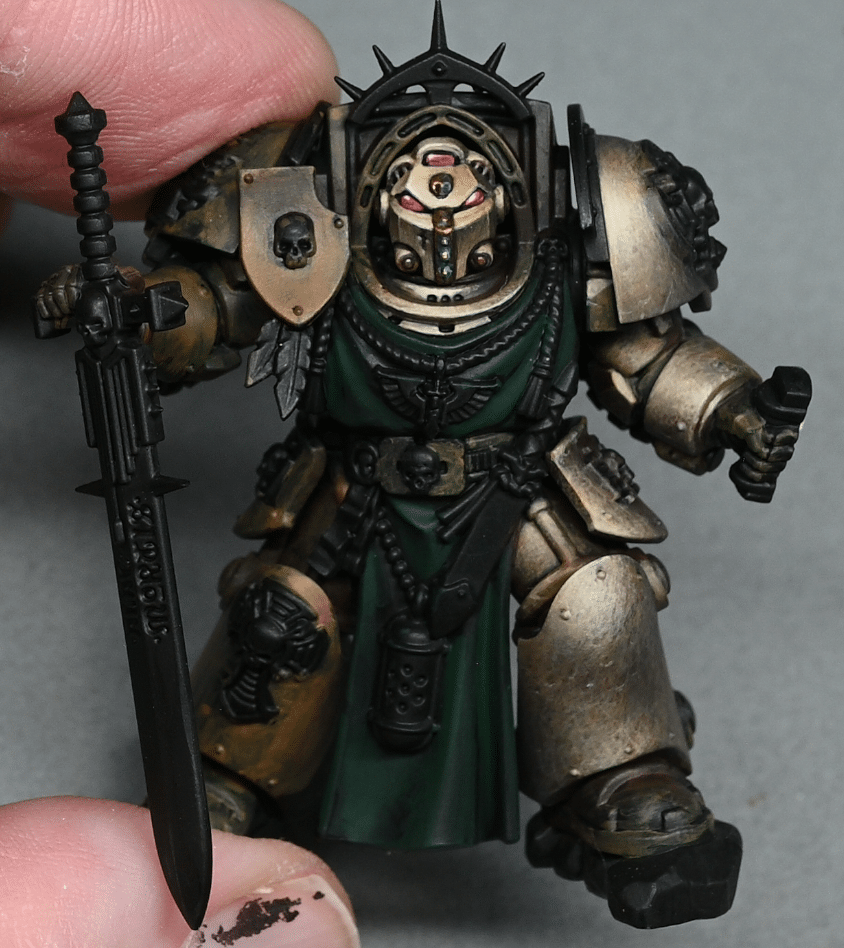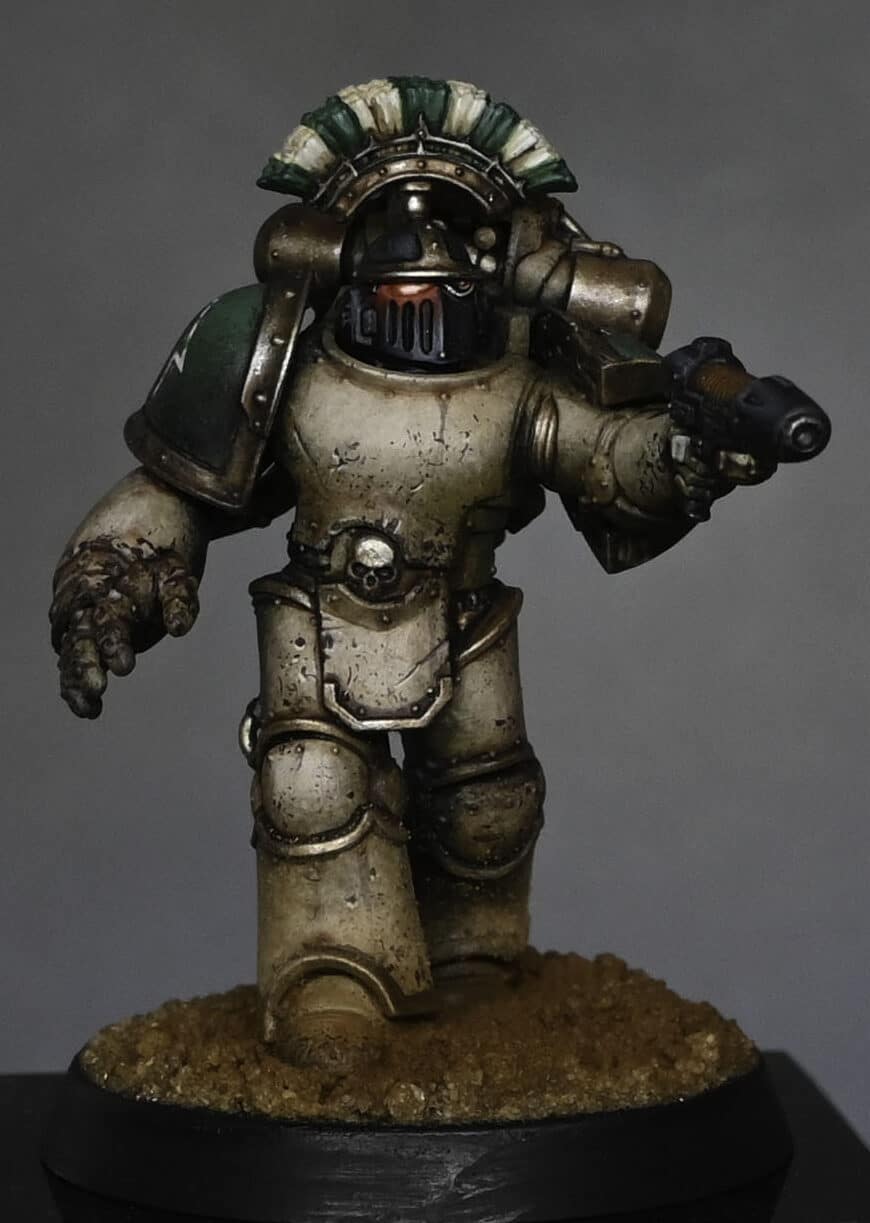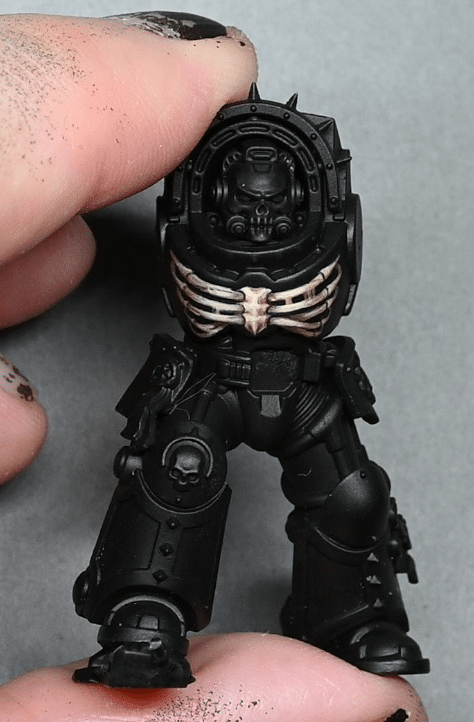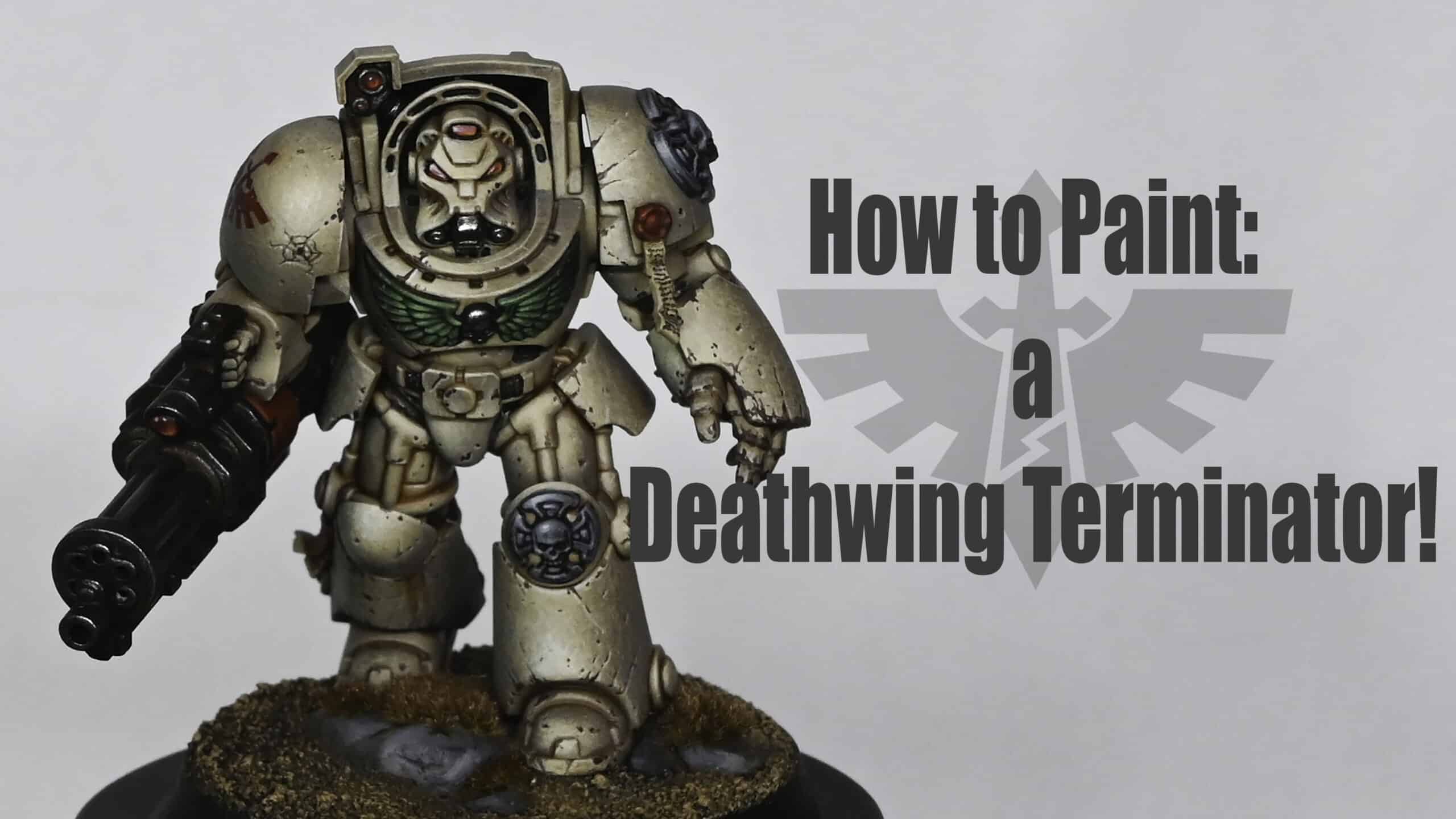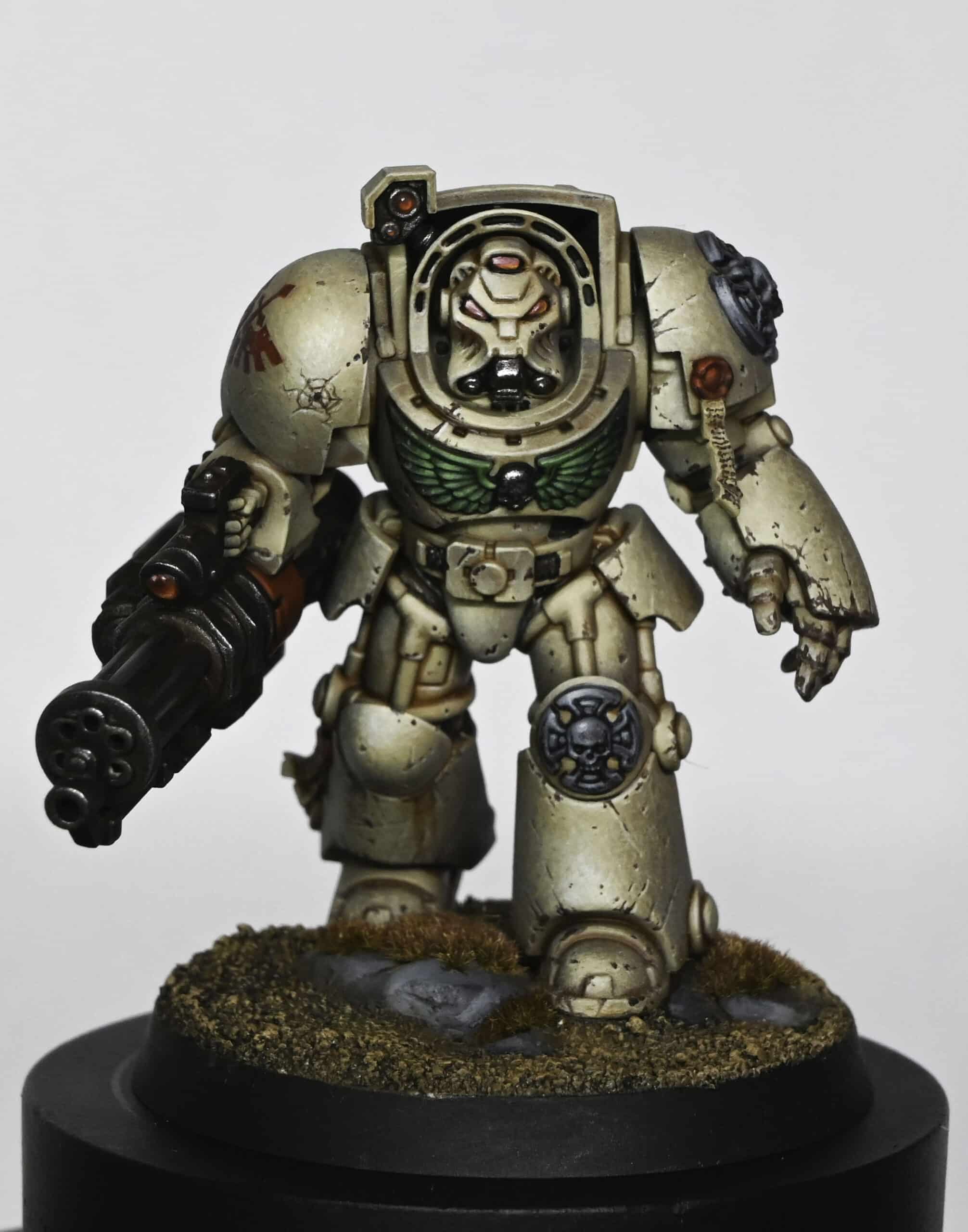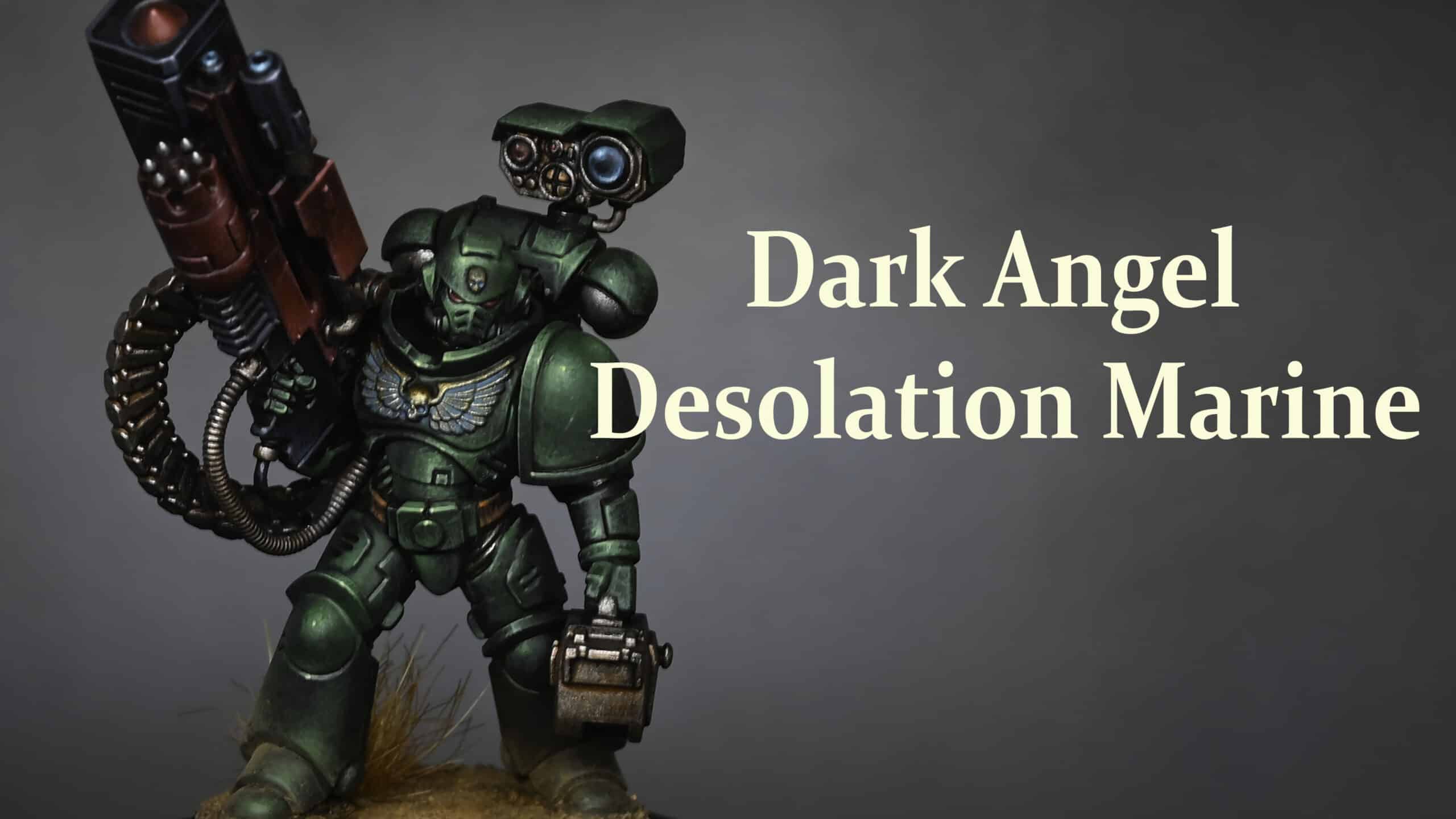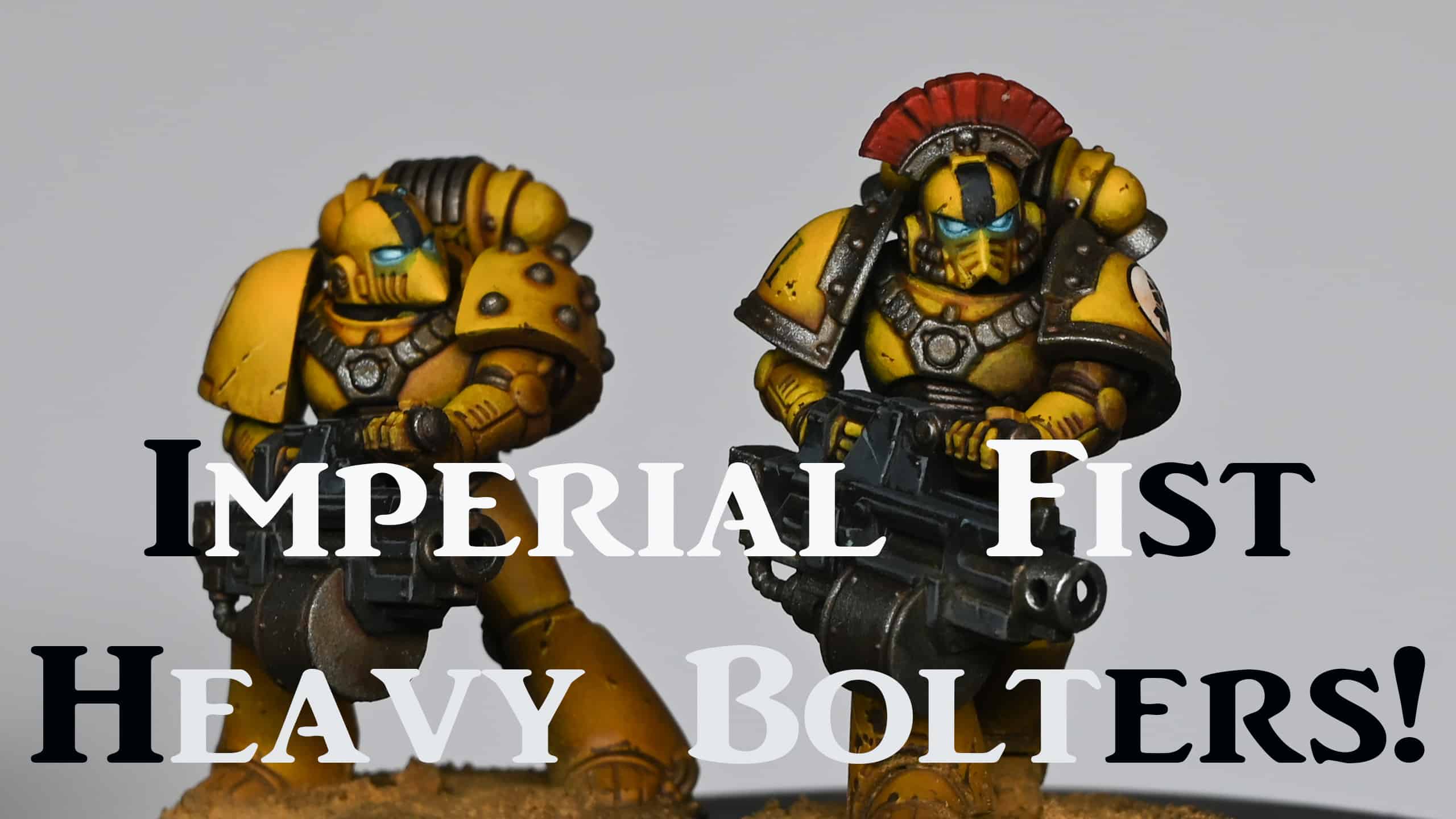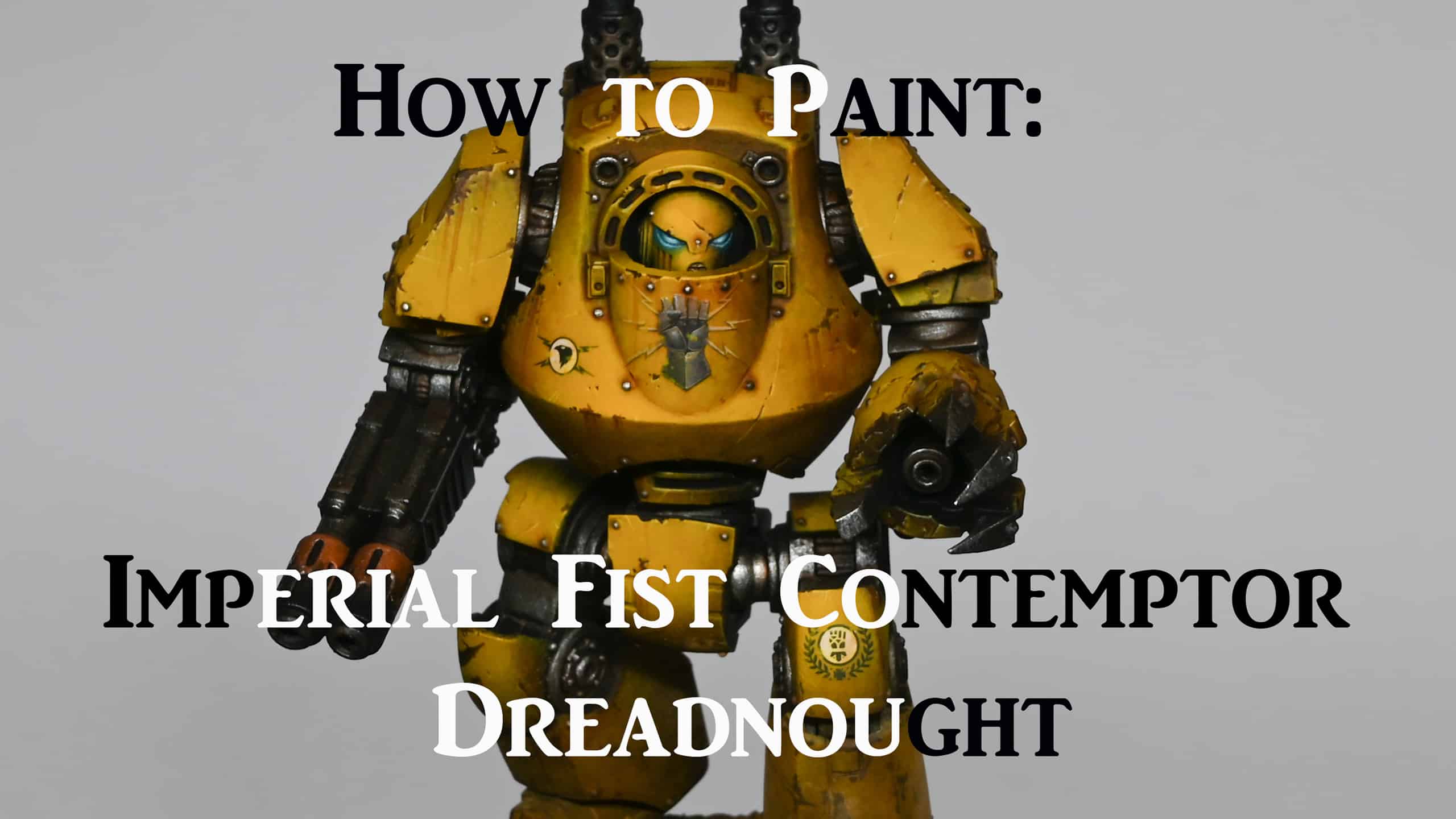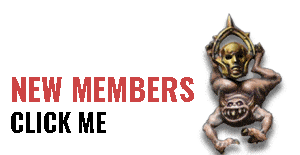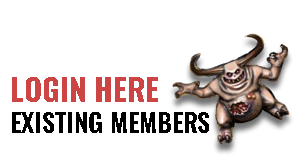I’ve just posted the latest video of a Grimdark Grimy Death Guard, which is a new, plastic MKIII Space Marine for the Horus Heresy* and it shows how to paint him in the Grimdark style as a Death Guard. No airbrush required!
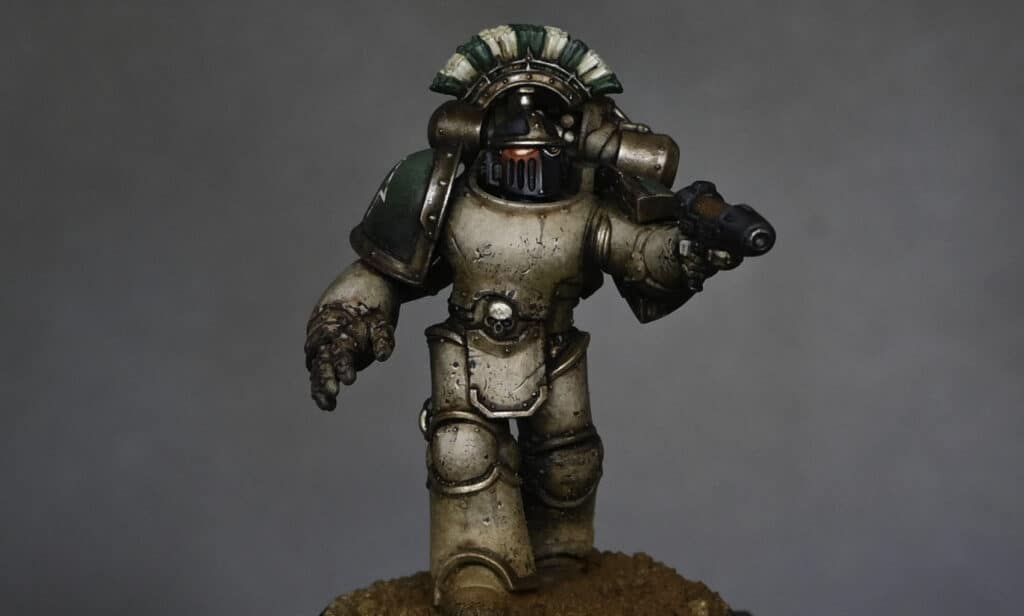
To view my Grimdark Grimy Death Guard video tutorial and step-by-step guide with paints, visit:
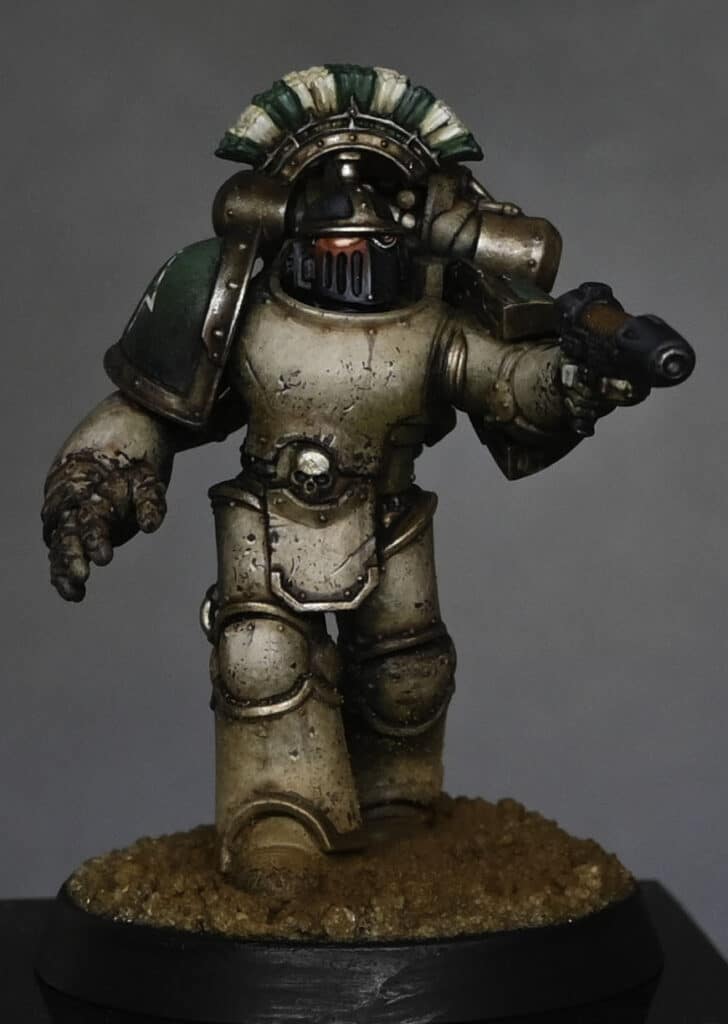
Grimdark Death Guard for the Horus Heresy
This video shows how to paint a Death Guard marine for the Horus Heresy. The model is new plastic MKIII Space Marine and is painted in the Grimdark style to try and capture the weight and brutal nature of the armour.
Quick review and run down of the box!
Donned in the classic MKIII ‘Iron Armour’, (a real vintage from the days of the Great Crusade) the box collection assembles 20 of these Space Marine Legionaries. These guys are bulky, sure, but tough as nails, perfect for those head-on tussles. You can go for a mighty 20-model Legion Tactical Squad or split them into two units of 10. They come with the standard bolter and bolt pistol, but there’s room for creativity – grenades, pouches, even a bayonet for when things get up close and personal.
You can jazz up two of your lads with a Legion vexilla, another two with a nuncio-vox, and a couple more with an augury scanner. The cherry on top? A Legion Tactical Sergeant for each squad, armed to the teeth with plasma pistols, power swords, power fists, or lightning claws.
Now, these models are like a blank canvas, no Legion markings, leaving you, the artist, to bring them to life in any colours that tickle your fancy. The kit does tip its hat to the Sons of Horus and Imperial Fists Legions, with a transfer sheet boasting 293 optional markings, so plenty of choice for your plastic MKIII Space Marine.
I’m hoping to get out the next Terminator Marine update and Dante update asap! I’ve got a bit of a backlog of videos!
I’ve also been doing a lot of work on the Malignant Plaguecaster for Golden Demon, so there will be another video for him.
*I was sent new the plastic MKIII Space Marine model as a review copy by Games Workshop
Explore my Latest Space Marine Videos!
Videos Not Showing?
To view any of my paid tutorials, you need to be a member of the website – please click below to log in or join the site.
Not sure about joining just yet? Check out my Youtube for all my free tutorials or sign up as a free “friend” member on this site and visit the Freebies video page!
